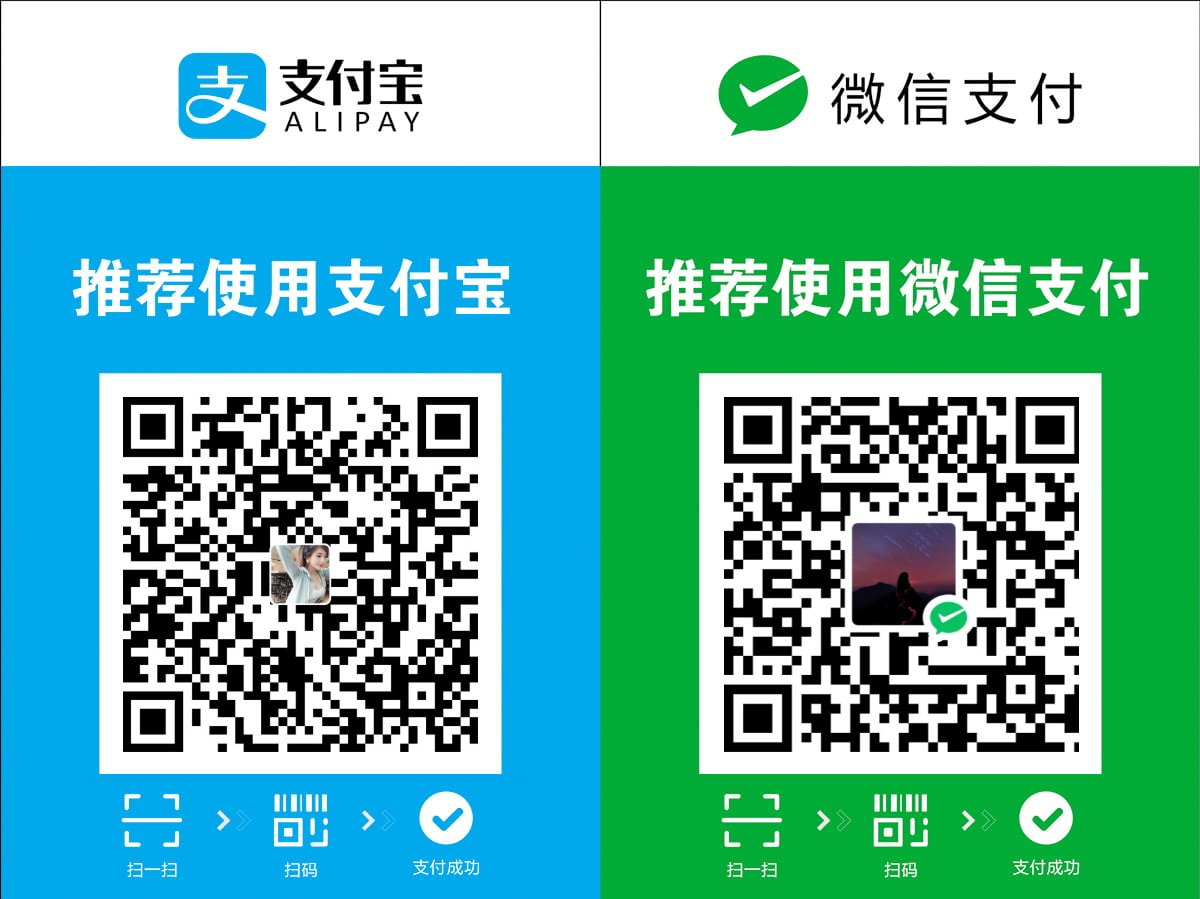Title: Exploring Windows 10 Application Development: A Comprehensive Guide
Content:
Introduction:
In recent years, Windows 10 has become the most popular operating system among users worldwide. With its advanced features and user-friendly interface, it has created a vast opportunity for developers to create innovative applications. In this article, we will explore the world of Windows 10 application development, covering the essential tools, technologies, and best practices to help you get started on your journey.
1. Understanding Windows 10 Application Development:
Windows 10 application development involves creating software that runs on the Windows 10 operating system. These applications can be of various types, such as desktop applications, Universal Windows Platform (UWP) apps, or web applications.
2. Essential Tools and Technologies:
To begin Windows 10 application development, you need the following tools and technologies:
a. Windows 10: Install the latest version of Windows 10 on your development machine.
b. Visual Studio: Microsoft's integrated development environment (IDE) is the go-to tool for Windows 10 application development. It provides a comprehensive set of features, including code editing, debugging, and performance profiling.
c. .NET Framework or .NET Core: These are the programming frameworks used to create Windows 10 applications. .NET Core is the newer and more lightweight version, designed for cross-platform development.
d. Windows SDK: The Windows Software Development Kit provides the necessary APIs and tools to interact with Windows 10 features and services.
3. Developing Desktop Applications:
Desktop applications are traditional software programs that run on a user's computer. To develop a desktop application for Windows 10, you can use the following approaches:
a. WinForms: A traditional Windows GUI framework that allows you to create desktop applications using Windows controls.
b. WPF (Windows Presentation Foundation): A more modern framework that offers rich UI capabilities and supports XAML for designing the user interface.
c. UWP: Universal Windows Platform allows you to create a single codebase that can run across multiple Windows devices, including desktop, tablet, and mobile.
4. Developing UWP Applications:
UWP is Microsoft's modern platform for developing Windows 10 applications. Here are some key points to consider when developing UWP apps:
a. XAML: UWP apps use XAML (Extensible Application Markup Language) for designing the user interface. It is a declarative markup language that separates the UI from the code.
b. MVVM (Model-View-ViewModel): A design pattern that promotes separation of concerns, making it easier to manage and test UWP applications.
c. Live Tiles: A unique feature of UWP apps that allows users to pin their favorite apps to the Start menu with a custom live tile.
5. Best Practices for Windows 10 Application Development:
a. Follow the Windows 10 design guidelines to ensure your application has a consistent and user-friendly interface.
b. Optimize performance and memory usage to ensure your application runs smoothly on various devices.
c. Test your application thoroughly on different hardware configurations to ensure compatibility and stability.
Conclusion:
Windows 10 application development offers a vast opportunity for developers to create innovative software solutions. By understanding the essential tools, technologies, and best practices, you can start your journey into the exciting world of Windows 10 application development.

